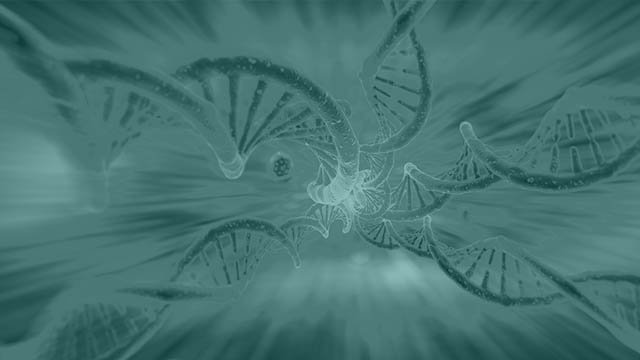Originally published in Ecologist.
CRISPR and new forms of gene manipulation must not be allowed anywhere near our food systems or into the wider environment.
Alfred Nobel himself might see the irony. The 2020 Nobel Prize in Chemistry – named after the inventor of dynamite and founder of one of the largest bomb factories in the world – has been awarded to researchers who developed the genetic engineering technique CRISPR-Cas9.
Some of the applications of this technology could have such an explosive effect on nature and people that it has been called a “gene bomb”.
CRISPR itself is not an invention. It is a natural mechanism that allows bacteria to recognize viruses. The award-winners J. Doudna and E. Charpentier, published a paper in 2012 describing a means by which this feature of bacteria could be artificially constructed, and added a construct that allows it to cut DNA: Cas9, a “Crispr associated system”.
Risk
The design allows genetic engineers to recognize a specific site in the DNA of an organism where CRISPR-Cas9 is introduced and cut the DNA strands at that site. In this way, geneticists can for instance, prevent gene expression and introduce new genetic material, which then result in a new transgenic organism. Read more here.


